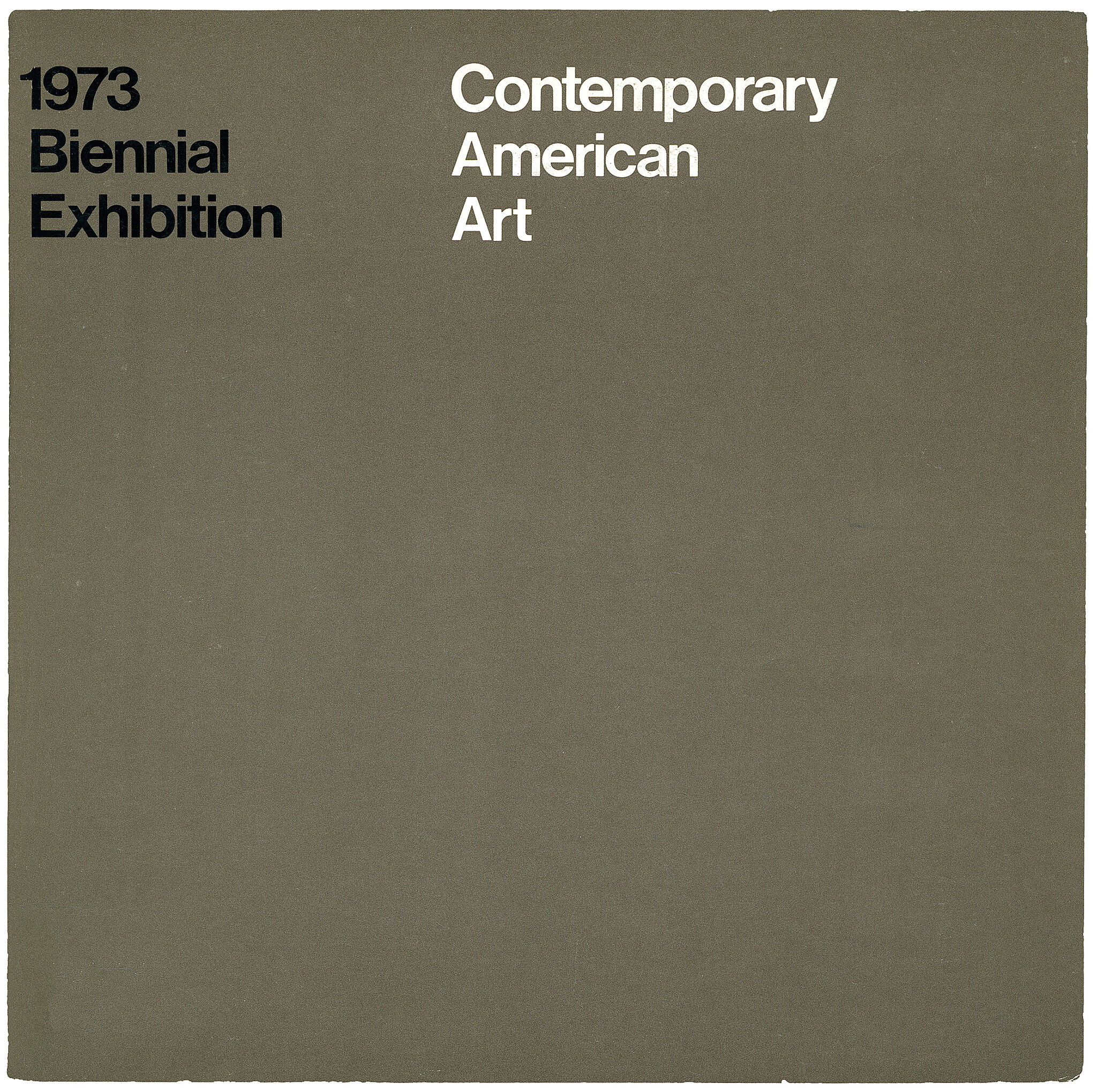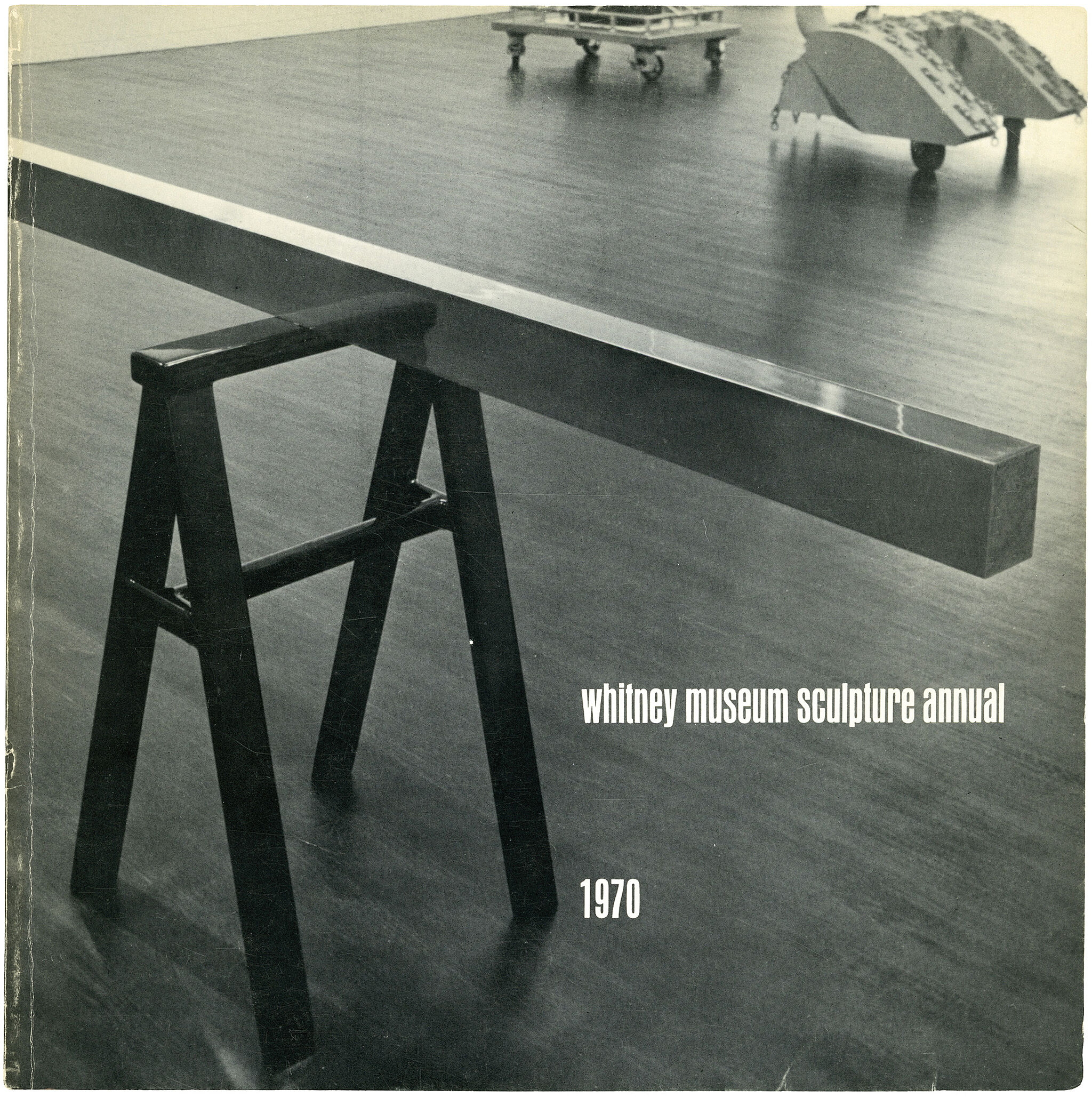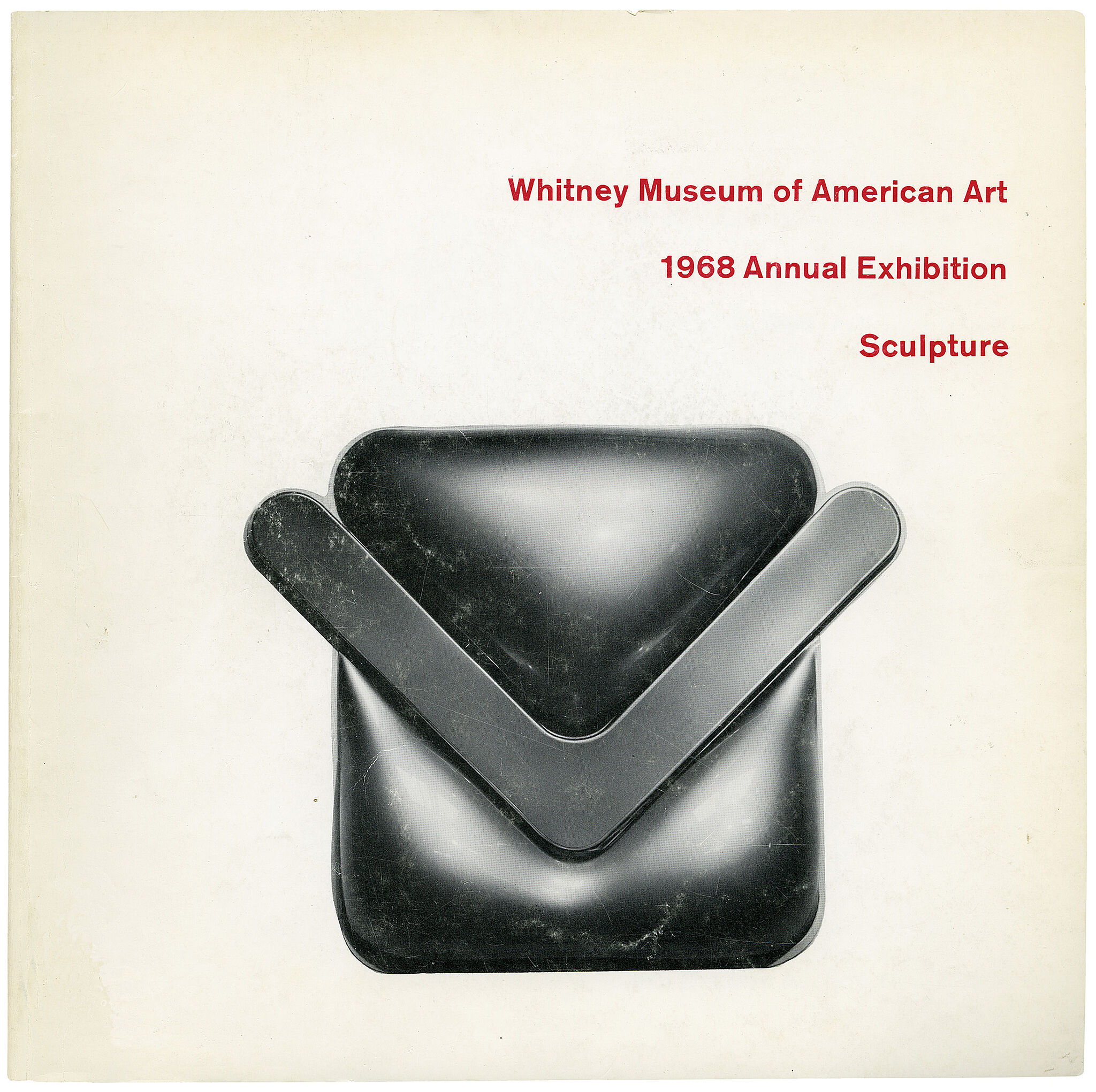Anne Truitt
1921–2004
After a period in which she made representational sculpture, in 1961 Anne Truitt broke new ground with a simple painted wood structure resembling a fence picket. That work, appropriately titled First, and the boxlike sculptures that immediately followed were often associated with grave markers. By the late 1960s Truitt had established the parameters that would characterize most of her sculptural work for the next four decades: narrow, vertical shapes painted with bands and stripes of color. Her palette was diverse, and the harmonies and contrasts between these color variants led to the association of her stele-like sculptures— often otherwise classed as Minimalist— with the Color Field painters of the previous generation. Truitt, however, eschewed connections with either abstract movement, often giving her sculptures evocative titles and relating them to funerary sculpture, the human body, and questions of the individual’s place in the universe. Indeed, she declared: “I have never allowed myself . . . to be called a minimalist. Because minimal art is characterized by nonreferentiality. I’ve struggled all my life to get maximum meaning in the simplest possible form.”
For Triad Truitt covered a prefabricated wood structure with layers and layers of paint, laboriously sanding between each application to achieve a polished finish that nearly obliterates the trace of brushstrokes altogether. The title for this slender column, Triad, may describe the sculpture’s three distinct planes of color: vertical stripes of beige and peach, and a thin horizontal orange band that draws the eye downward, anchoring the sculpture much like the bass note in a harmonic musical triad.
Introduction
Anne Truitt (née Dean; March 16, 1921 – December 23, 2004) was an American sculptor. She became well known in the late 1960s for her large-scale minimalist sculptures, especially after influential solo shows at André Emmerich Gallery in 1963 and the Jewish Museum (Manhattan) in 1966.
Unlike her contemporaries, she made her own sculptures by hand, eschewing industrial processes. Drawing from imagery from her past, her work also deals with the visual trace of memory and nostalgia. This is exemplified by a series of early sculptures resembling monumental segments of white picket fence.
Wikidata identifier
Q565848
Information from Wikipedia, made available under the Creative Commons Attribution-ShareAlike License . Accessed December 19, 2025.
Introduction
Truitt's sculptures were colorful and abstract having affinities with both color-field painting and Minimalism. Her work was championed by the critic Clement Greenberg in the 1960s but did not receive significant recognition until recent years. Her work is in the collections of the National Gallery of Art, the Metropolitan Museum of Art, and the Whitney Museum of American Art.
Country of birth
United States
Roles
Artist, painter, sculptor
ULAN identifier
500022909
Names
Anne Truitt, Anne Dean Truitt, Anne Dean
Information from the Getty Research Institute's Union List of Artist Names ® (ULAN), made available under the ODC Attribution License. Accessed December 19, 2025.





